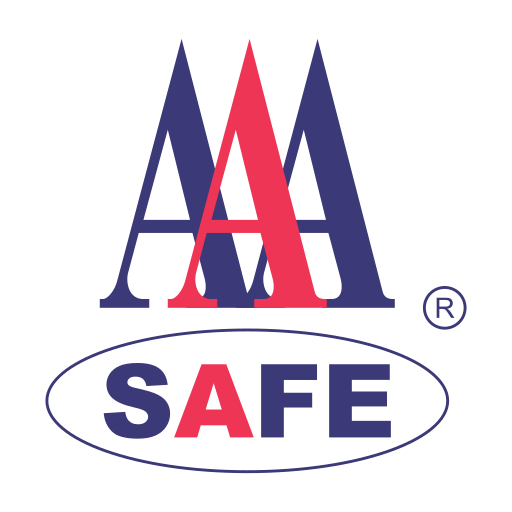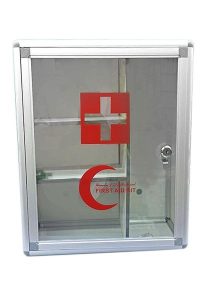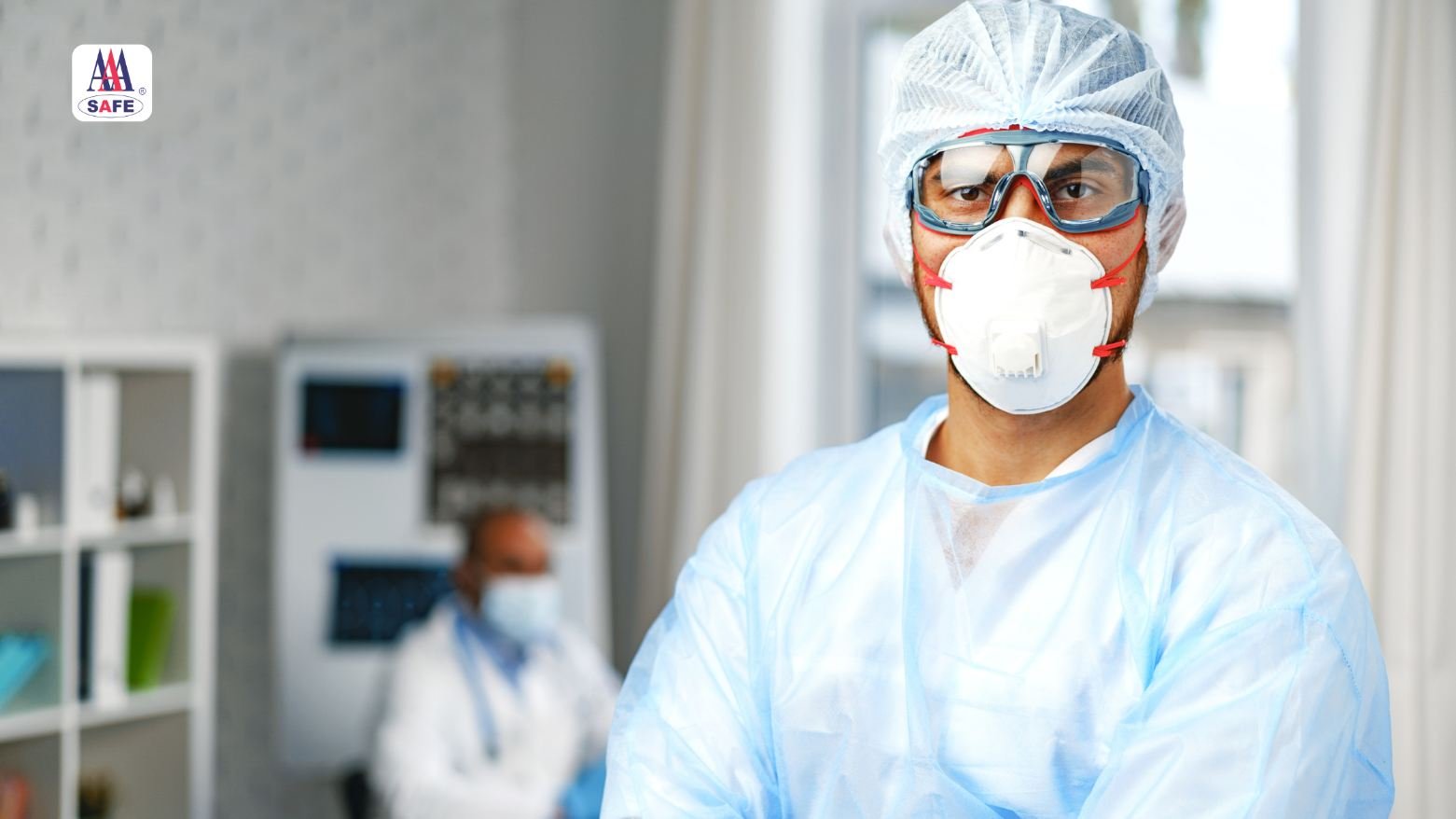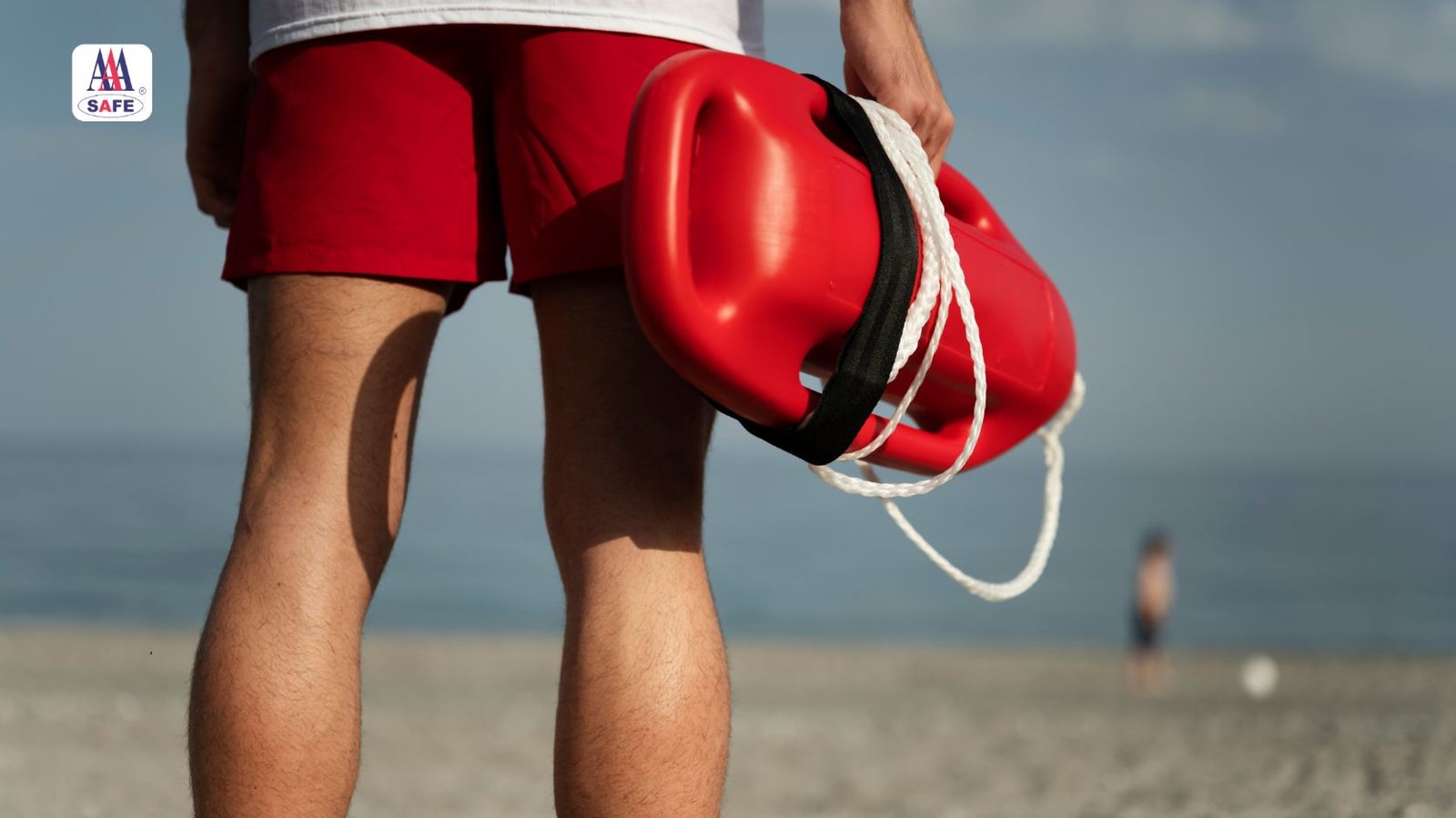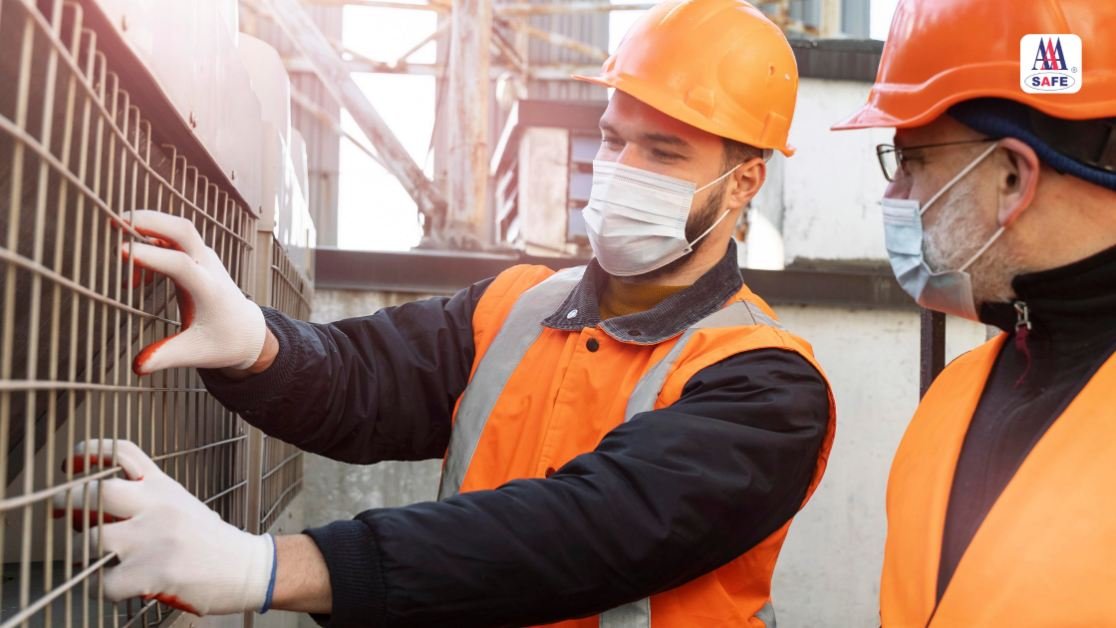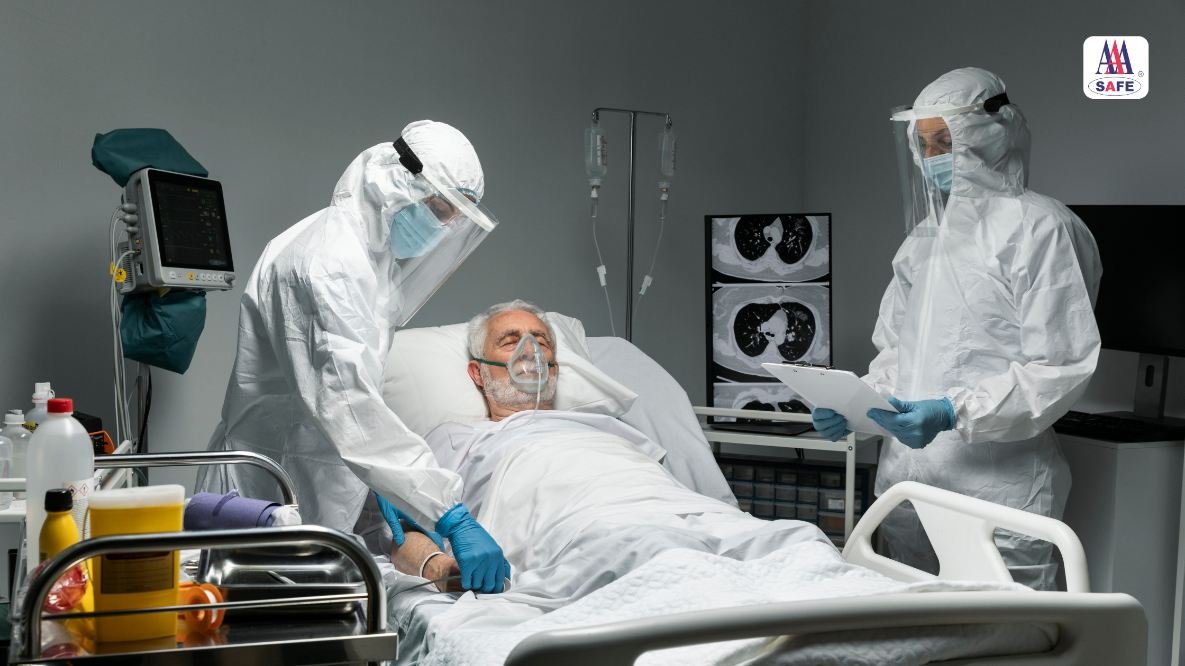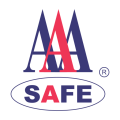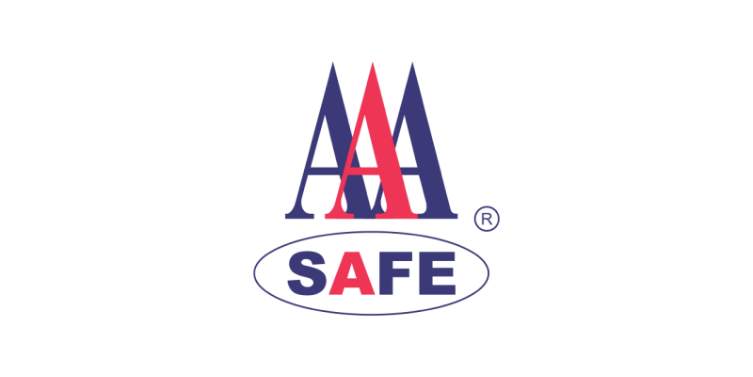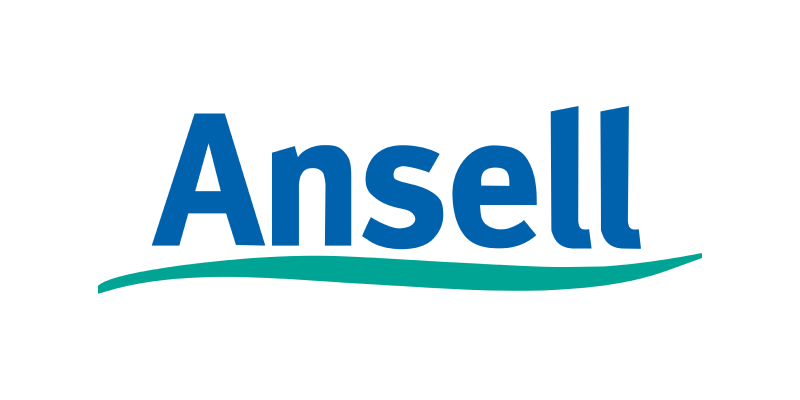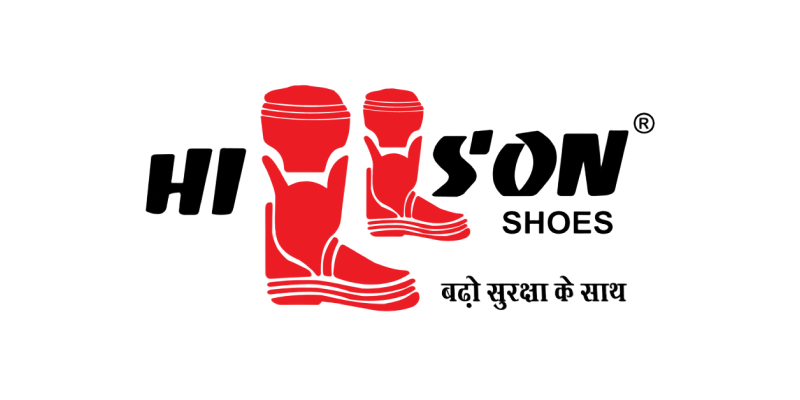Today, we will talk about one thing that is at the centre of your workplace safety efforts – the First Aid Kit Essentials.
Health and safety should be the number one priority no matter what type of job you have. Some occupations are riskier than others and might require the use of PPE. But you can’t deny that almost every job requires first aid kits that should be easily accessible to everyone in the event of any accidents. And these kits should have the necessary medical supplies to take care of emergencies at the workplace.
In this blog, we will be looking at a list of items that your workplace safety kit must have. Depending on the type of work, the contents of your safety kit might differ. But some basic items should be there in every kit.
What is workplace first aid?
Workplace first aid is like offering a helping hand when a colleague faces an injury or falls ill on the job. It’s that prompt care that keeps things from going downhill. You’re being the bridge until the pros – the emergency services – step in. So, whether it’s a scrape, a twist, or just feeling unwell, immediate first aid not only makes the person feel better but also ensures things don’t go from bad to worse. It’s about being there, keeping them steady and comfortable until the medical help arrives.
Why should you have a first aid kit at the workplace?
It’s crucial to have the right first aid kit tailored to your workplace. Make sure your employees are familiar with the content of the safety kit and can use them when needed. Without this kit, it’s like leaving your team hanging on a tightrope.
The type of kit you need depends on your crew and the kind of work your company is involved in. But, here’s the scoop: you’ve got to follow the rules. Simple, right? Just ensure you’re ticking all the first aid boxes, and you’ll be the workplace hero.
Basic items that should be in the workplace first aid kit
Several items that help your personnel take charge of the situation in the event of an emergency or disaster should be included in a basic first aid kit. Here are some of them listed for you:
- Plasters: For bandaging and shielding minor wounds and scrapes.
- Sterile dressings: These can be used to press on more extensive wounds to stop the bleeding.
- Eye pad dressing: To shield delicate and wounded eyes.
- Bandages: Used to compress wounds, keep dressings in place, reduce oedema, and support brittle joints.
- Wipes with and without alcohol: To clean the skin surrounding the incision.
- Adhesive tape: Prevents snagging by holding bandages and dressings in place.
- Safety pins: They can be used to secure bandages as well.
- Scissors: A useful instrument for slicing tape and bandages. If the wound is otherwise inaccessible, it can also be used to cut off the victim’s clothing.
- Disposable gloves: To lower the possibility of infection, particularly in cases where a wound is open.
First aid kits in potentially riskier workplaces
You can select a first aid kit based on the size of your workforce because they are available in various sizes. If you have several departments or buildings, it’s a good idea to have various First Aid kits so that they are always close at hand in case of emergency.
Additional emergency equipment may be needed if there is a significant danger at work. Examples of this equipment include safety stations, temperature monitoring systems, defibrillators, emergency evacuation chairs, and emergency foil blankets.
What are the legal requirements for an office first aid kit in Dubai?
In Dubai, every workplace needs to have a first aid kit – it’s the law. According to the Dubai Healthcare City Authority (DHCC), employers have to make sure there’s a first aid kit that suits the size of the place and how many employees work there.
Every workplace must have a first-aid box or cabinet that is kept up-to-date and easily available at all times. One more unit (full set) must be maintained on the premises if there are more than 150 but fewer than 250 employees.
The rules also state that the things in the first aid kit should be good for dealing with all sorts of minor injuries or illnesses that might happen at work. From tiny cuts to bigger problems like burns or sprains – there should be appropriate medical supplies.
Employers need to keep an eye on the first aid kit, making sure it’s checked, kept up, and filled up when things run out.
Different jobs might need different things in their first aid kits. When you are working potentially risky jobs, you might need extra gear like gloves, safety glasses or other PPE items.
Following these rules isn’t just paperwork. It’s a big deal for keeping everyone safe and sound on the job.
Here’s the complete list by the DMCC that you must follow for a standard first aid kit:

Tips for maintaining and updating workplace first aid kit
Taking care of our first aid kits is like looking out for our employees. Maintaining the safety kit is as important as keeping the kit. Here are some down-to-earth tips to keep those first-aid kits in top-notch shape:
- Check Expiry Dates: Be a good employer by keeping an eye on expiration dates. Nobody wants outdated supplies, especially for one-time-use items or medicines.
- Think About Your Workplace: Tailor your kit to your workplace. If you’re in a high-risk zone like construction or manufacturing, toss in a few more supplies to cover all bases.
- Watch What’s Getting Used: Give your kit a little attention regularly. If something gets used, replace it. Keep a record, so you know what’s been in action and when.
- Team Input Matters: Let your teammates have a say in the kit. It’s a team effort, after all. Everyone should feel comfortable using it, and their feedback is gold.
- Tidy and Handy: Keep the kit visible and handy. Keep it organized – you don’t want to fumble around when time is crucial.
Remember, a well-kept first aid kit is crucial for your employees’ safety and comfort.
Do you need a fully trained first aider?
Ever wonder who can dive into the first aid kit at work? Well, it’s a common question. The deal is, it depends on your workplace rules.
In places like construction sites or factories, there might be strict rules saying only trained people can use the first aid kit. They’re the designated first aiders, ready to help during medical emergencies.
Now, in the regular 9-to-5 office or a typical job,, things are a bit more relaxed. If you’ve got basic training on how to use the first aid kit, you’re good to go.
A good employer must make sure that everyone in his workforce knows how to use the first aid kit. Regular chats or quick training sessions keep everyone in the loop so that you don’t have to wait for the medical help to arrive. The bridge between bad and worse is just a matter of seconds.
Regardless of the office vibe, one thing’s for sure – keep that first aid kit loaded and ready. Having it packed with the right stuff means you can tackle minor or regular medical attention on the spot.
FAQs
- Does my place of employment require any additional first aid supplies?
Extra equipment is required if your workers are exposed to (or could be exposed to) dangerous chemicals or biological agents. Your staff members must have adequate training to operate the supplementary equipment in the event of an emergency.
- When should we provide first aid kits in the workplace?
Being an employer, it’s your job to make sure that your employees feel safe at work. So make sure that you have a first aid kit in the workplace with basic items. You can add additional items basis the nature of your job and the potential risks involved in it.
- Where should my first aid kit be kept?
The first aid kit should be kept at a place where it is easily accessible in the event of an emergency. Make sure the box has “First Aid” written on it along with a huge plus sign in green colour so you can easily spot it.
Conclusion
Every workplace needs first aid kits that are easily accessible and well-stocked. They can lessen additional harm in cases of medical emergencies. To make sure your first aid kits are always fully stocked and functional, you must also periodically maintain and replace the supplies. Simply keeping kits on hand is not enough. In this way, you may guarantee that your office is ready for any medical hiccup.
